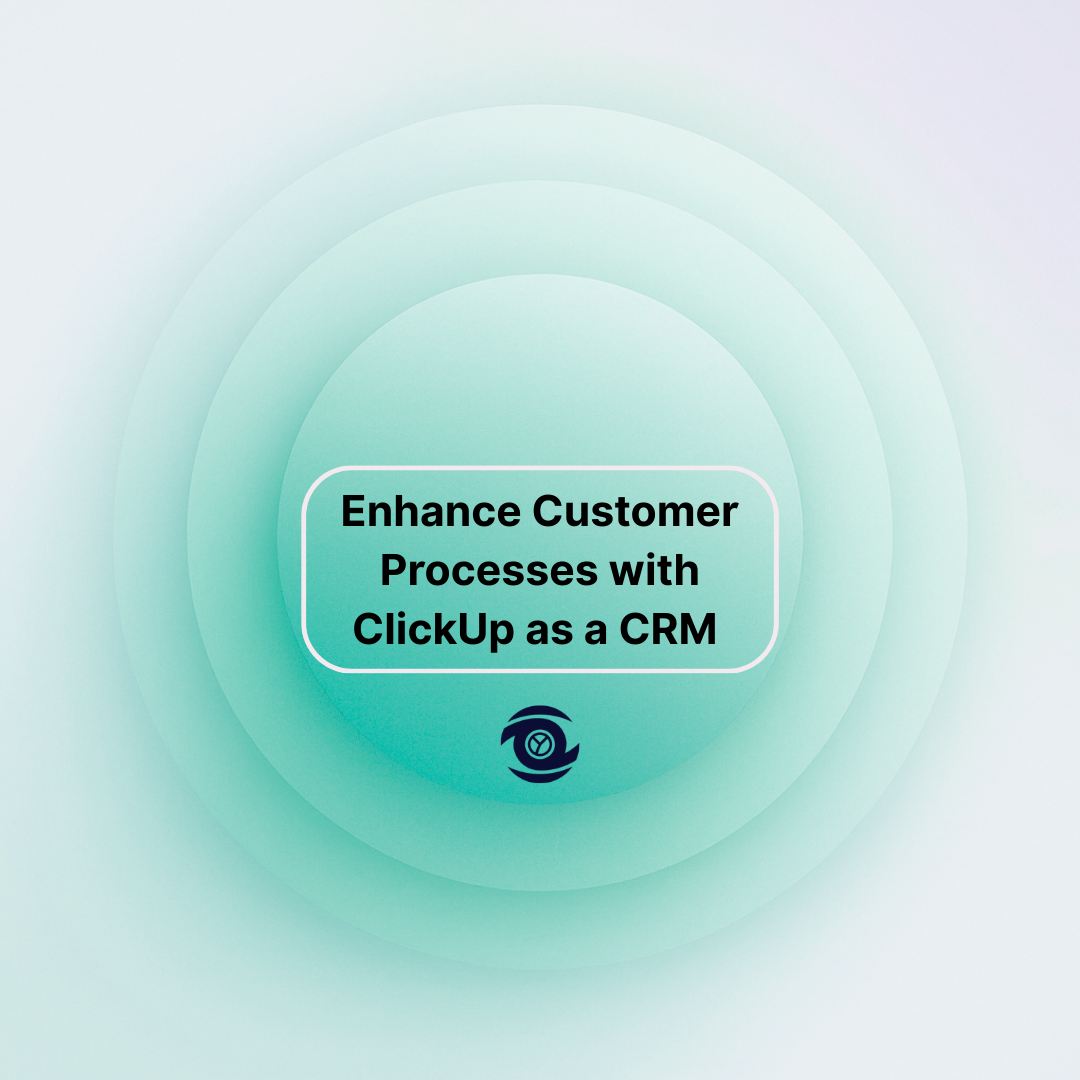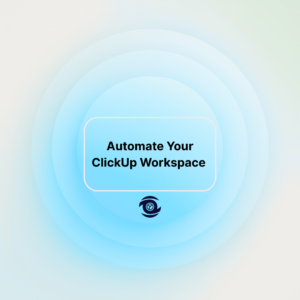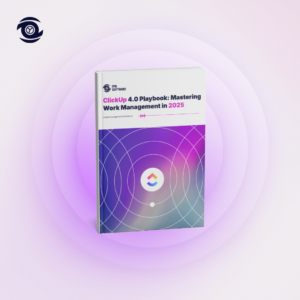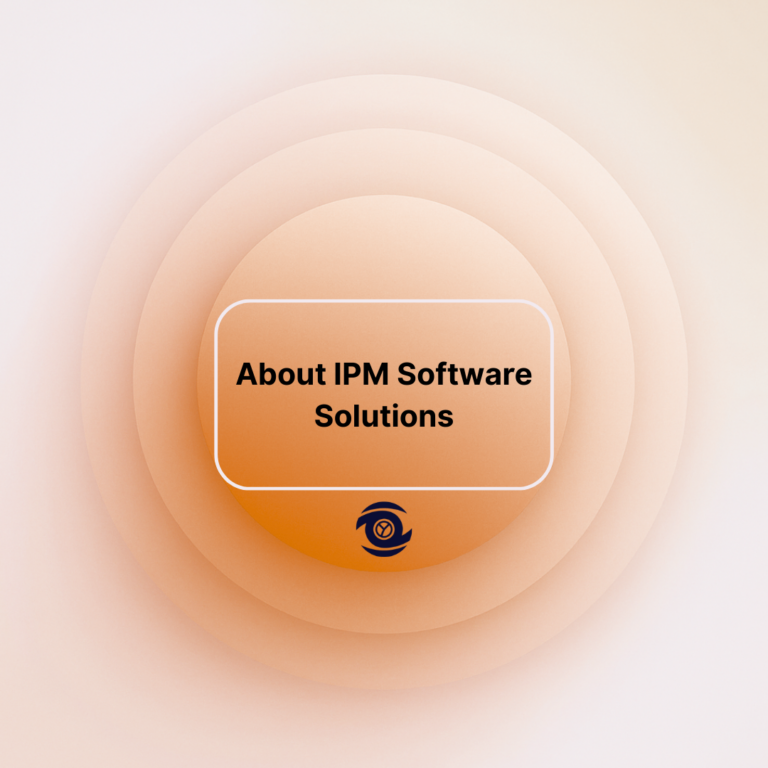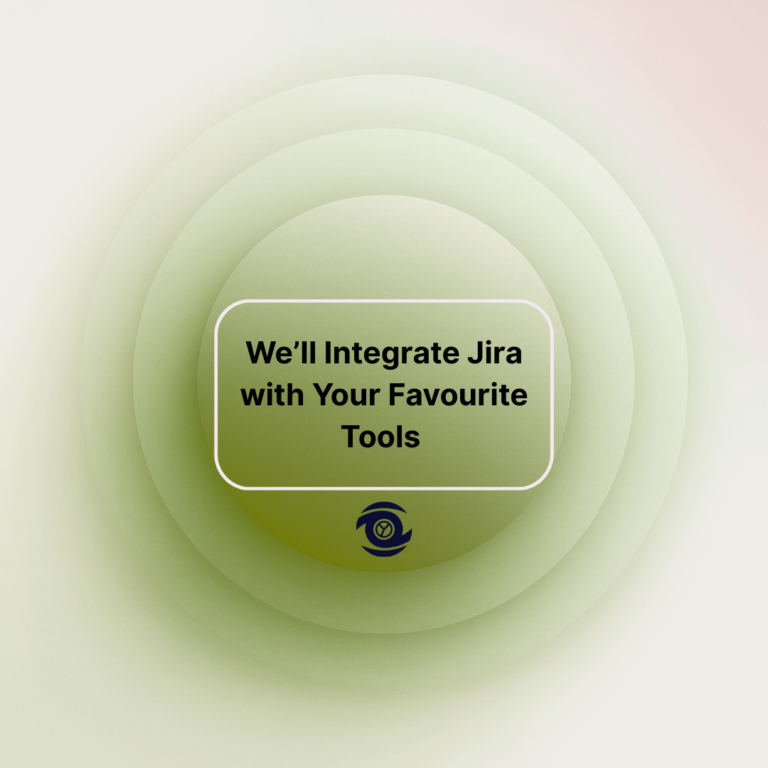Managing customer relationships is crucial for any business aiming for success. An effective Customer Relationship Management (CRM) system can streamline communication, foster lead conversion, and enhance customer satisfaction. ClickUp, known for its versatility in project management, can also be adeptly used as a CRM. By utilising ClickUp’s CRM templates, businesses can automate workflows, streamline data collection, and monitor customer interactions innovatively. This blog post delves into the advantages of using a CRM template, details the key components, and guides you on utilising ClickUp’s CRM template effectively to revolutionise your business processes.
Advantages of Using a CRM Template
Opting for a CRM template provides multiple benefits, notably improving efficiency and consistency in handling customer interactions. Templates offer a structured framework that ensures all customer data is systematically captured and processed. This eradicates the potential for human error and ensures that the customer journey is seamless from start to finish. When integrated with automation, CRM templates alleviate the burden of repetitive tasks, enabling teams to focus on innovative strategies and customer engagement.
Another advantage is the enhanced collaboration within teams. With centralised access to customer information, team members are empowered to deliver personalised services rapidly. Additionally, CRM templates often come pre-designed with best practices, making them a valuable resource for new team members to gain insights into effective customer management strategies. This shared knowledge base nurtures a culture of excellence and boosts overall team productivity.
Key Components of a CRM Template

A well-crafted CRM template encompasses several critical components. Fundamentally, it should have a robust module for data collection , capturing detailed customer information including contact details, purchase history, and interaction logs. This centralised repository is essential for tailoring customer interactions and leveraging data analytics for strategic decision-making.
Moreover, a CRM template should include features for task management . Assigning tasks, setting deadlines, and tracking progress are pivotal in ensuring customer requests are addressed promptly. Additionally, integrated communication tools within the template foster direct engagement, allowing teams to respond to leads and manage follow-ups efficiently, thereby enhancing customer satisfaction.
Utilising a CRM Template Effectively
1. Collect Customer Information
The foundation of CRM lies in comprehensive data collection. It is crucial to capture extensive customer information to understand the customer profile fully. ClickUp’s CRM template provides customisable fields to input various customer details, which can be used to maintain detailed customer histories and generate insightful reports.
Moreover, automating the data collection process can significantly reduce manual entry errors. Embedding forms on your website or in customer emails can ensure you gather all initial information directly into your CRM. This seamless integration guarantees that data is accurate and up-to-date, forming a solid basis for future customer interactions.
2. Establish Tasks and Objectives
Once you have established a database of customer information, the next step is to set clear tasks and objectives . Within ClickUp, you can create a dynamic task list for each customer, assigning specific actions to team members and setting deadlines to align with business goals. This prioritisation ensures that customer-related tasks are handled efficiently and no crucial information slips through the cracks.
Constantly reviewing and adjusting these tasks is vital. Regular evaluations allow teams to assess progress, recalibrate objectives, and ensure they are meeting both customer expectations and organisational targets. This iterative process enhances agility in customer management, allowing businesses to maintain a competitive edge in service delivery.
3. Monitor Progress
Monitoring progress is a critical component of utilising a CRM template effectively. ClickUp provides a plethora of views, such as Kanban boards and Gantt charts , that facilitate real-time tracking of customer-related activities. These visual management tools convey at a glance where a project or task stands in its lifecycle and highlight any potential bottlenecks.
Furthermore, regular progress updates disseminated through dashboards or reports empower managers and team members to collaboratively address challenges as they arise. This ongoing visibility ensures alignment across the organisation and enables proactive interventions to support customer satisfaction and retention.
4. Implement Automated Systems
Automation within ClickUp’s CRM is a powerful tool to enhance efficiency and reduce repetitive workloads. By adopting automated workflows, businesses can trigger actions based on specific criteria, such as sending follow-up emails after a task is completed or notifying sales personnel of new leads. These automated tasks save time and ensure customer engagement is timely and relevant.
In addition, automation can greatly assist in maintaining consistency in communications and follow-ups, critical components in nurturing customer relationships. With fewer manual interventions, the potential for oversight is diminished, ensuring a consistent and reliable customer experience.
5. Evaluate Customer Data
Evaluating customer data is crucial for understanding market trends and customer demands. ClickUp’s CRM template enables businesses to analyse collected data and derive actionable insights. These insights can fuel decision-making processes , helping tailor services and products to better meet customer needs.
Advanced data evaluation can also inform predictive analysis, allowing businesses to anticipate customer behaviors and adjust their strategies accordingly. This proactive stance can lead to higher sales conversions and greater customer loyalty.
Begin with ClickUp’s CRM Template
Starting with ClickUp’s CRM template is simple and intuitive. Designed for ease of use, it requires no coding or complex integrations, allowing you to focus on your primary goal: enhancing customer relationships. The flexibility within the template means you can easily tailor it to fit your specific business needs, regardless of your industry or organisational size.
To maximise the benefits, begin by mapping out your customer management processes and identifying key elements that require immediate attention. Use these insights to customise the CRM template, ensuring it addresses your unique requirements. With ClickUp, managing CRM becomes less about administrative burdens and more about cultivating profound relationships with clients.
Additional Template Options
If you’re seeking customisation beyond ClickUp’s standard CRM offerings, consider integrating additional template options. These may include merging CRM functionalities with project management tools or incorporating third-party integrations that expand the scope of your customer interaction strategies.
Furthermore, leveraging community-shared templates within ClickUp can provide fresh perspectives and innovative ideas on customer interaction. These templates, crafted by seasoned professionals, can enhance your existing strategies and add significant value to your CRM processes.
| Key Point | Description |
| Advantages of CRM Template | Enhances efficiency and collaboration, reduces errors, and improves service delivery |
| Key Components | Data collection, task management, communication integration |
| Utilising CRM Template | Involves data collection, task setting, monitoring, automation, and evaluation |
| Begin with ClickUp’s CRM | Easy setup, customisable, prioritises relationship building |
| Additional Options | Includes other templates, third-party integrations, community insights |
FAQ
Can ClickUp be used as CRM?
Yes, ClickUp can be used as a CRM, although it is primarily a project management tool. While it doesn’t have CRM-specific features out of the box like dedicated CRM software, you can customise it using tasks, lists, and custom fields to manage contacts, sales pipelines, and customer relationships. However, for advanced CRM functionalities, a dedicated CRM platform might be more suitable.
What is the best tool for CRM?
The best tool for Customer Relationship Management (CRM) can vary based on your specific needs and business size. However, some popular and highly-regarded options include Salesforce, HubSpot CRM, and Zoho CRM. These tools offer a range of features suited for different types of businesses, from small startups to large enterprises. It’s important to consider what features are most important for your business, like integration capabilities, ease of use, and cost, when choosing a CRM tool.
Is Click Funnel a CRM?
ClickFunnels is not a traditional CRM (Customer Relationship Management) system. It is primarily a sales funnel builder designed to help businesses create landing pages and sales funnels. However, ClickFunnels does include some basic CRM-like features, such as the ability to manage leads and track customer progress through sales funnels. For more advanced CRM functionalities, such as detailed customer relationship management and communication tracking, you would typically integrate ClickFunnels with a dedicated CRM tool.
Can you use Microsoft Access as a CRM?
Yes, you can use Microsoft Access as a CRM. Microsoft Access is a database management system that can be customised to store and organise customer information, track interactions, and manage contacts. However, it requires some setup and design to tailor it to CRM functionalities. Access might be more suitable for small businesses with simpler needs, as it may lack some of the advanced features found in dedicated CRM software like automation and integration with other tools.
